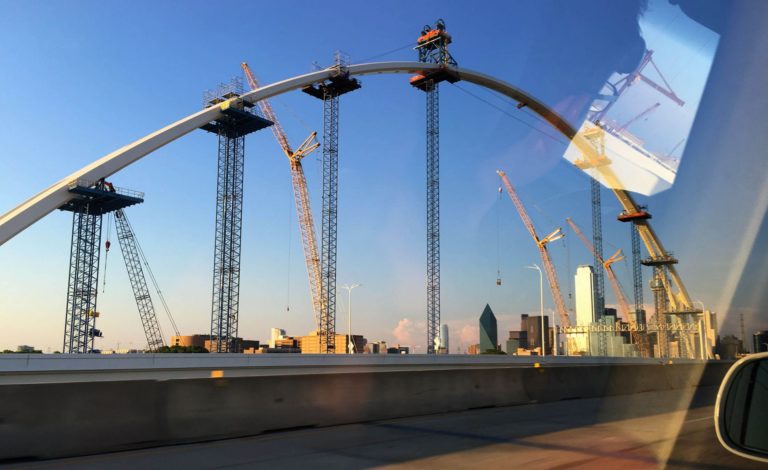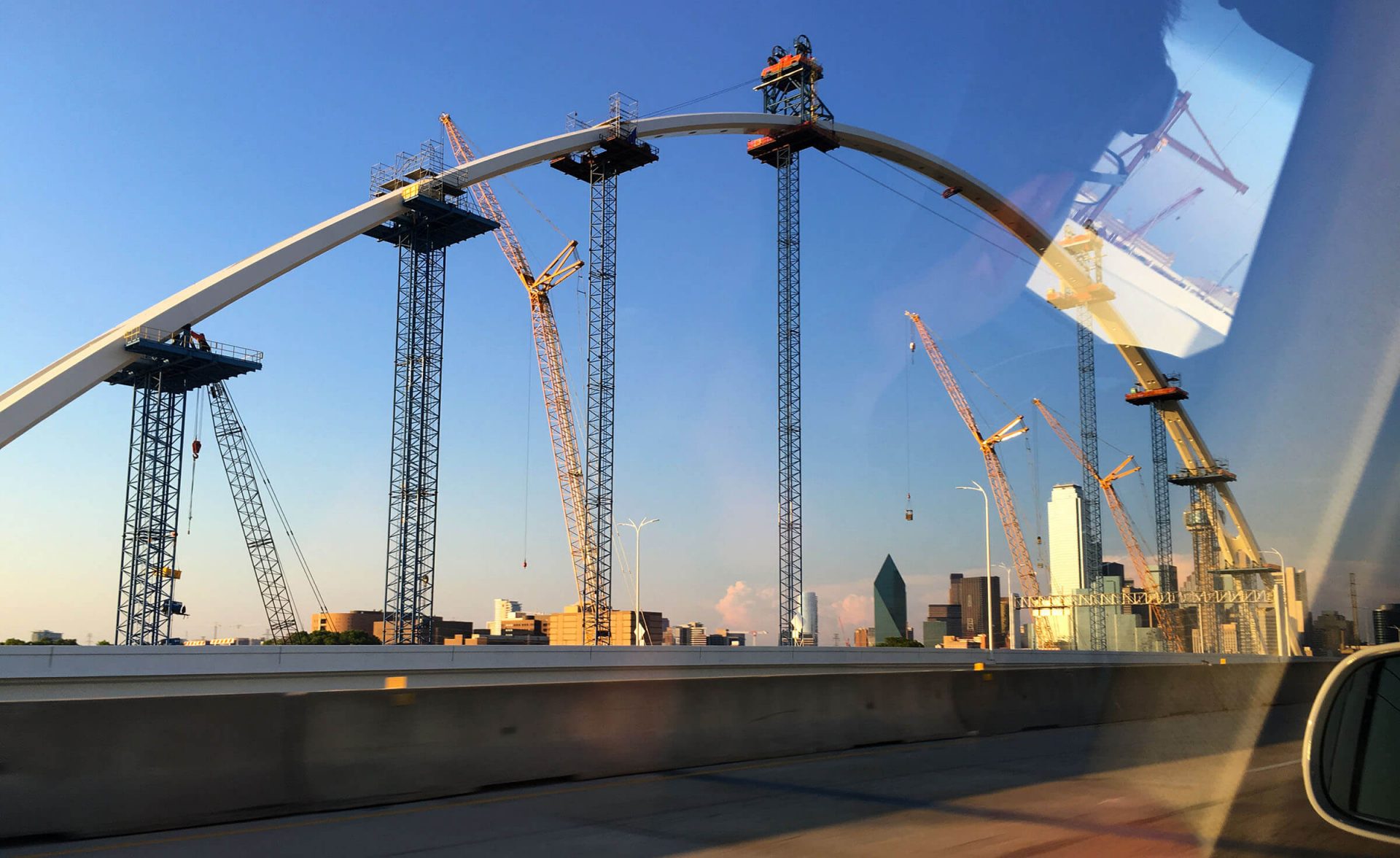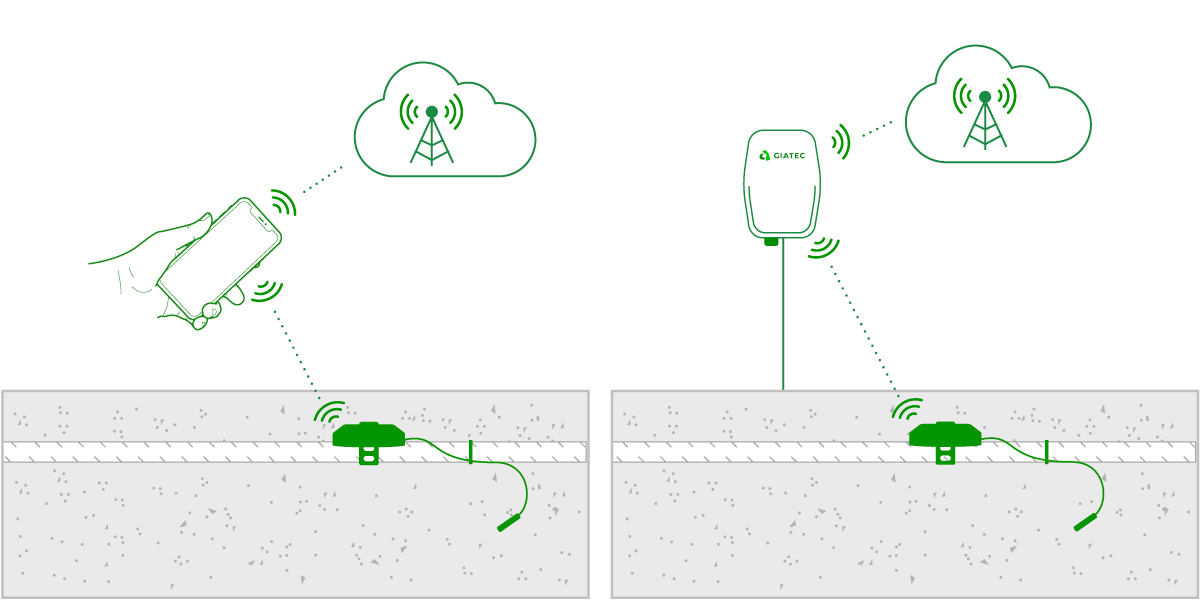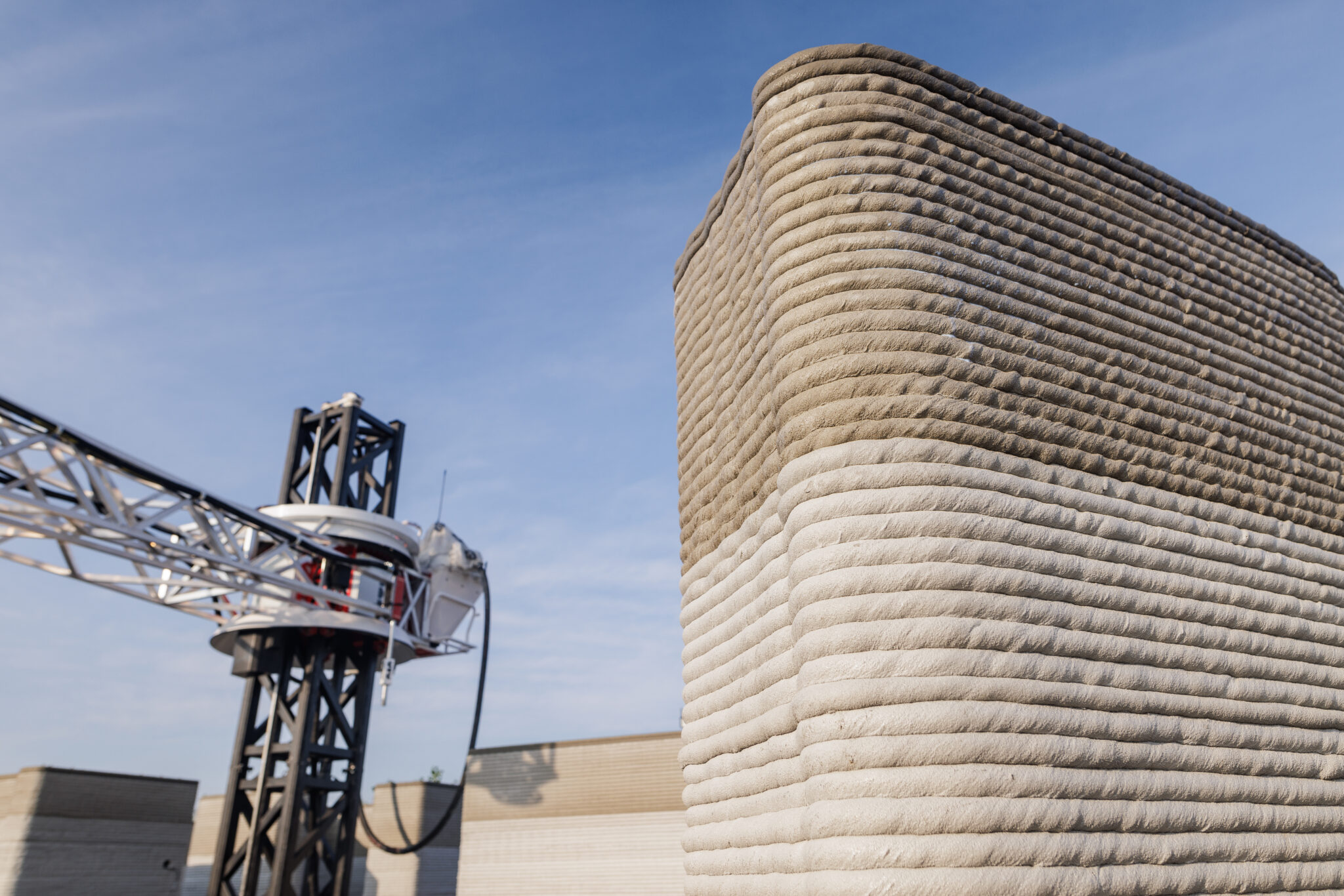Photo by Art Davis, CC BY-SA 4.0, via Wikimedia Commons
Explore 12 Futuristic Technology Trends Solving Concrete's Biggest Challenges.
The Margaret McDermott Dallas Bridge over the Trinity River in Dallas, Texas was intended to replace the I-30 bridge built in the late 50s to early 60s. The bridge cost over $100 million to build and features a design resembling a suspension bridge. The part of the bridge designed for pedestrians and cyclists was supposed to open in 2017, but it remains closed. Now, it is going to take two more years and $7 million dollars more before pedestrians will be allowed to use the bridge.
Why did this disastrous result happen? The simple answer is a lack of bridge testing. In order to lower costs, the hike and bike bridges used value engineering to cut costs by $3 million. According to the Cambridge Dictionary, value engineering is “the process of reducing the cost of producing a product without reducing its quality or how effective it is.” However, in this case, an important cable testing was skipped to save $30,000, despite the fact that strong winds are predominant in this area. After the cables were attached, heavy winds caused them to vibrate and twist, which caused several cable anchor rods to crack and fail (The Dallas Morning News).
This issue has created a lengthy back-and-forth between the architect (Santiago Calatrava), city officials, and the Texas Department of Transportation. There is a lot of finger pointing when it comes to who is to blame for putting off proper testing. Calatrava states they pushed the city of Dallas to do the proper testing and even offered to front the costs, but it was not done. Still, officials at City Hall and the Texas Department of Transportation have put the blame back on Calatrava.
For now, the two cable-stayed structures of the Margaret McDermott Dalla Bridge system remain closed as no one is willing to certify that they are safe for use. Clearly, the $30,000 saved by skipping bridge testing did not pay off, and ended up costing the city way more than they planned for.
Lessons Learned
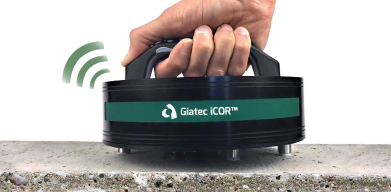
When it comes to bridge testing, do not cut corners. Investing in a thorough, accurate method of testing can save you money and stress in the long run. Furthermore, after the bridge is built, do not forget to continue testing for damage and deterioration. Options for bridge testing include: visual inspection, acoustical techniques, infrared/thermal imaging inspection, coring and chipping, and ground-penetrating radar (GPR). If you are looking for a non-destructive technique to detect the rate of corrosion in your structure, check out our award-winning device iCOR®. This tool uses our patented Connectionless Electrical Pulse Response Analysis (CEPRA) technology to perform three-in-one concrete testing measurements of: rebar corrosion rate, half-cell potential, and in-situ electrical resistivity. Finally, if you need to conduct a half-cell potential test according to ASTM C876, check out XCell™.
Click here for an analysis of each of the testing methods mentioned!
Sources
*Editor’s Note: This post was originally published in February 2018 and has been updated for accuracy and comprehensiveness.
